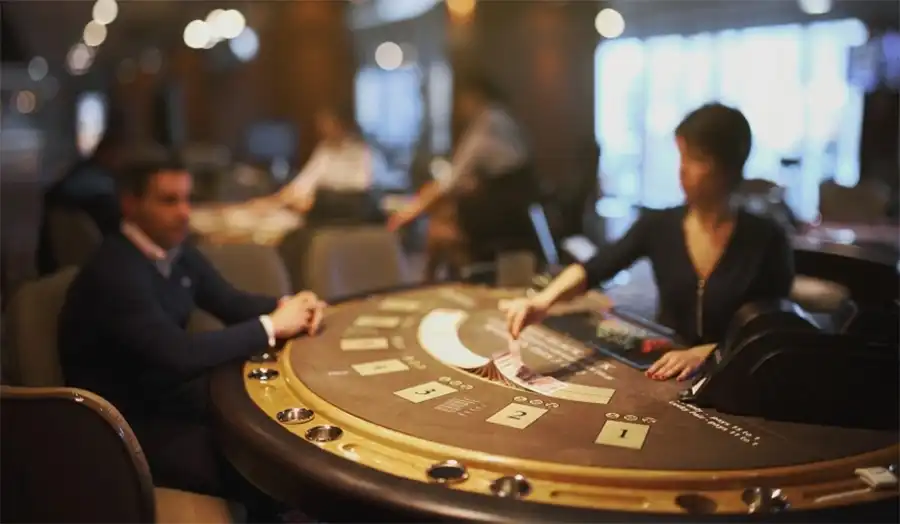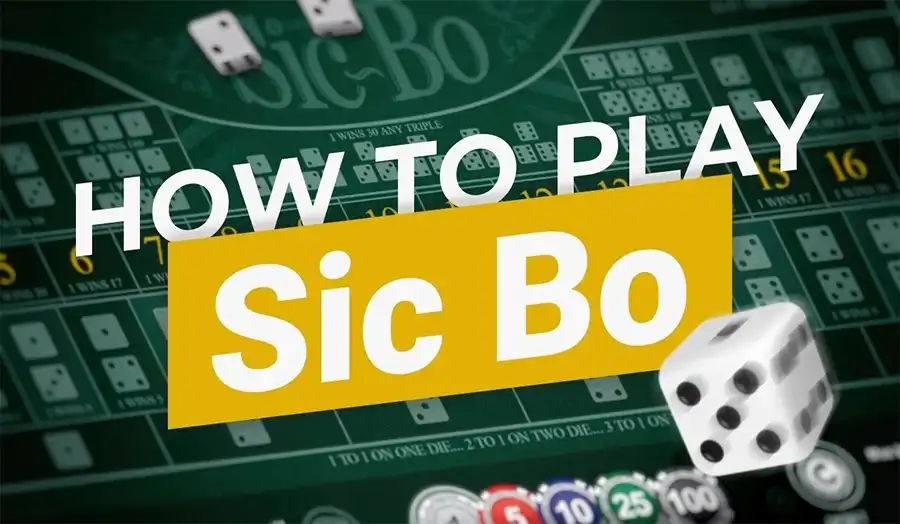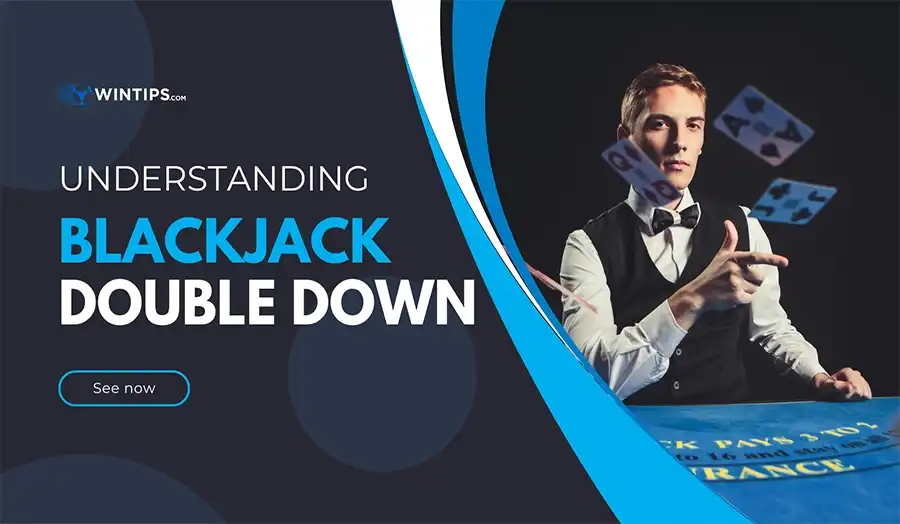Baccarat is one of the most elegant and straightforward casino games in the world, often associated with high rollers and luxurious gaming tables. Yet, beneath its simplicity lies a set of unique Baccarat terms that every player must understand to play confidently.
If you’re new to Baccarat, hearing words like Banker, Punto Banco, or Tie Bet can sound confusing at first. But don’t worry - This guide wintips will walk you through all the essential terms, their meanings, and even introduce you to a clever baccarat tie bet strategy to help you make smarter betting decisions.
Let’s explore the fascinating language of Baccarat and uncover how mastering these terms can elevate your gaming experience.

What does “Baccarat” mean? – Another term for Baccarat
Before diving into the technical language of the game, it’s worth understanding the meaning behind the word “Baccarat” itself. The term baccarat comes from the Italian word baccara, meaning “zero.” This refers to the fact that all face cards (King, Queen, Jack) and tens are worth zero in the game - a defining characteristic of Baccarat’s scoring system.
In some regions, especially in the United States and the UK, another term for Baccarat is Punto Banco. This variation highlights the two main hands in play: Punto (the Player) and Banco (the Banker). While other versions like Chemin de Fer and Baccarat Banque exist - mainly popular in France - Punto Banco remains the most recognized form in online and land-based casinos today.
Understanding these distinctions is important because rules and strategies can slightly differ across versions. Still, the core Baccarat terms remain consistent, and learning them will help you play confidently no matter the variation.
Understanding the basic Baccarat terms
Every casino game has its own vocabulary, and Baccarat is no exception. Knowing these basic terms allows you to follow the gameplay easily and communicate clearly at the table.

In Baccarat, two main hands are dealt - one for the Player (Punto) and one for the Banker (Banco). The goal is simple: bet on which hand will get closest to a total of nine. Here’s where a few key baccarat terms come into play.
- Player Hand (Punto): This is one of the two hands dealt in every round. It doesn’t necessarily belong to the person betting - it’s just one of the game’s two possible outcomes.
- Banker Hand (Banco): The second hand in the game. Contrary to what some may think, the banker doesn’t represent the house; it’s simply a betting option, often with slightly better odds.
- Natural: When either hand totals eight or nine with the first two cards, it’s called a “natural,” and the round ends immediately. A natural nine beats a natural eight.
- House Edge: This is a term you’ll encounter in every casino game. It refers to the mathematical advantage the casino has over players. In Baccarat, the Banker bet carries the lowest house edge (around 1.06%).
- Shoe: The device that holds multiple decks of cards (usually six or eight) and is used to deal them during the game.
- Commission: When you win a Banker bet, the casino often takes a small commission - typically 5% - because the Banker hand statistically wins more often.
Learning these core baccarat terms will make the flow of the game much clearer, allowing you to focus on strategy rather than confusion.
Advanced Baccarat terms and concepts
Once you’re comfortable with the basics, you’ll start noticing more advanced vocabulary during play. These terms often come up in strategy discussions or when analyzing betting patterns.
Streak Betting: This refers to following a pattern of wins - for instance, continuing to bet on the Banker if it’s won several rounds in a row. Some players believe in streaks as a way to ride a winning trend.
Dragon Bonus: A popular side bet where players can wager on the margin of victory. The larger the difference between the winning and losing hand, the higher the payout.
Pair Bets: Players can also bet that the Banker or Player will get a pair in their first two cards - such as two Kings or two Nines.
House Commission Adjustments: Some casinos offer “No Commission Baccarat,” but the payout structure changes slightly (for example, a Banker win with 6 may pay only 50%).
These advanced baccarat terms might sound complex at first, but they’re part of what makes the game exciting. Each one represents a layer of strategy that can enhance your understanding and appreciation of Baccarat.
The role of the Tie bet
Among all bets in Baccarat, the Tie Bet is perhaps the most misunderstood. In simple terms, this wager predicts that both the Player and the Banker hands will end up with the same total.
The Tie Bet usually pays 8:1 or 9:1, depending on the casino. This means that if you bet $10 and the result is a tie, you could win $80 or $90. However, because ties occur relatively rarely, this bet carries a much higher house edge - often around 14%.
This doesn’t mean you should avoid the tie completely. In fact, there’s an entire strategy built around it, known as the baccarat tie bet strategy.
Mastering the Baccarat Tie bet strategy
The baccarat tie bet strategy isn’t about placing tie bets in every round. Instead, it’s a cautious, analytical approach used by experienced players to identify moments when a tie becomes statistically more likely.
Here’s how it generally works:
Players observe patterns in recent outcomes - for instance, when both Banker and Player totals frequently end near the same value (such as 6 vs. 7 or 8 vs. 8). This could suggest a short-term trend where a tie is more probable.
Some players also apply money management systems, such as the Martingale or Flat Betting approach. The key idea is not to overcommit - tie bets should remain small, supplemental wagers. Because of the high payout, even a few successful ties can yield significant profit without risking your bankroll.
Professional players often recommend using the tie bet sparingly, only after observing a balanced pattern of Banker and Player outcomes. Combining this approach with a solid understanding of all baccarat terms makes you not just a player but a strategic thinker at the table.
Discover how to always win at Baccarat by mastering the tie bet strategy and betting smarter every round.

Different variations and their unique terms
As Baccarat evolved, various regional versions introduced subtle rule changes and new terminology. Here’s a brief look at how terms may differ slightly between the major versions:
Punto Banco (North America & Online)
The most common version played today, especially in online casinos. Players have no control over card drawing - all actions are automated by the dealer following preset rules.
Chemin de Fer (France)
In this version, players take turns acting as the Banker, adding a social and strategic layer. The name itself - Chemin de Fer - means “railway,” symbolizing the speed of the game.
Baccarat Banque (Europe)
A more traditional and exclusive version where the banker role remains fixed for longer periods. This format often appeals to high-stakes players.
While the game mechanics vary, the baccarat terms largely overlap, ensuring that once you understand them, you can adapt to any version.
Tips for learning and remembering Baccarat terms
Like learning a new language, mastering Baccarat vocabulary takes time and repetition. The best way to internalize these baccarat terms is through consistent practice and observation.
Start by playing free Baccarat games online. Many platforms offer demo versions that let you experience real gameplay without risking money. As you play, pay attention to when terms like “natural,” “commission,” or “tie” appear on screen.
Another helpful method is creating a personal glossary or cheat sheet. Write down unfamiliar phrases and their meanings, then review them before each session. Over time, these terms will become second nature, allowing you to focus more on gameplay and less on remembering definitions.
Lastly, engage with Baccarat communities and discussion forums. Reading how experienced players use these terms in context can accelerate your learning curve tremendously.
Common mistakes beginners make with Baccarat terms
Even seasoned players occasionally misuse Baccarat terminology. One common mistake is assuming the Banker hand represents the casino - it doesn’t. It’s simply a label for one of the two betting options.
Another misconception involves the Tie Bet. Many beginners are drawn to its high payout without realizing the increased risk. The baccarat tie bet strategy exists to balance that risk with smart observation, not blind luck.
Finally, some players misunderstand “Natural.” A natural eight does not tie with a natural nine - the higher number always wins. Clarifying these small yet crucial details prevents costly mistakes and improves your overall game awareness.
FAQ: Common questions about Baccarat terms
1. What is another term for Baccarat?
Another term for Baccarat is Punto Banco, which refers to the Player (Punto) and Banker (Banco) hands in the game.
2. What does a Tie Bet mean in Baccarat?
A Tie Bet predicts that both the Player and Banker hands will end with the same total. It typically pays 8:1 or 9:1.
3. Is the Banker always the best bet?
Statistically, yes. The Banker bet has the lowest house edge, though it comes with a 5% commission on winnings.
4. Should beginners use the Baccarat Tie Bet Strategy?
Beginners can try it occasionally, but it’s best used sparingly. Focus on understanding patterns and managing your bankroll first.
5. How many Baccarat terms should I know before playing?
At least 10–15 essential terms, including Banker, Player, Tie, Natural, and House Edge. Knowing these helps you play confidently.
In summary
Mastering baccarat terms isn’t just about memorizing words - it’s about understanding the structure, rhythm, and logic of the game. Each term represents a key concept that helps you make smarter decisions and appreciate Baccarat’s elegant simplicity. Whether you’re exploring another term for Baccarat like Punto Banco, learning how to interpret results, or experimenting with a baccarat tie bet strategy, knowledge is your most powerful advantage.
So the next time you sit down at a Baccarat table - whether virtual or real - you won’t just be playing. You’ll be speaking the language of the game with confidence and strategy.
Related reading: How to read pattern in Baccarat: Deep dive into Trends & Strategy







